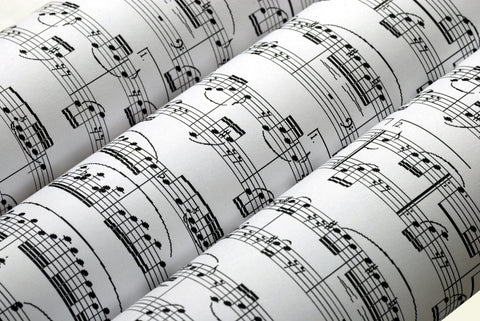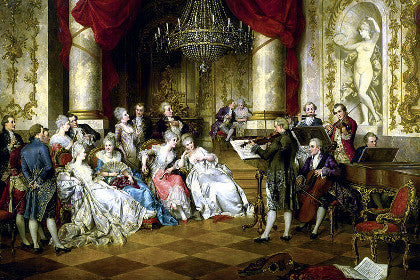
Music in the late 1960s
£9.95
The years 1965 to 1969 were extraordinary times in the history of pop. For a brief window, musicians were given an almost totally free reign in shaping and developing the music they wanted to make – often supported with considerable time and resources to achieve their various musical aims. True, it sometimes led down blind alleys, but even the less successful musical explorations of the time often had considerable musical interest.
Technology played a large part in some of the advances. This was most obvious in the ways in which it allowed sounds to be modified and recorded, but developments in media transmission also meant that different musics were now being shared and distributed more easily across a wide range of cultures. This in turn led to new ways in which musicians were able to share music and collaborate on musical projects.
For teachers, this era is a good one to explore because it brings so many styles, influences and genres together, which in turn can provide a rich and varied basis for worthwhile classroom activity.
One of the challenges of putting a resource like this together is deciding what to include and what to leave out. There was simply so much happening during these years that a single resource cannot hope to cover it all adequately. For example, soul music was not only important for its own sake, but also for its influence, which was felt across much of the music described here. As in the earlier 1960s (covered in the previous resource Music in the mid-1960s, August 2015), the music of the Beatles was hugely important during this period (see The Beatles: a legacy for music education, May 2015). We do make some reference to their work, but their three albums from this era Revolver, Sgt. Pepper’s Lonely Hearts Club Band and The Beatles (usually known as the White Album) deserve a more in-depth study than we have space for here.




